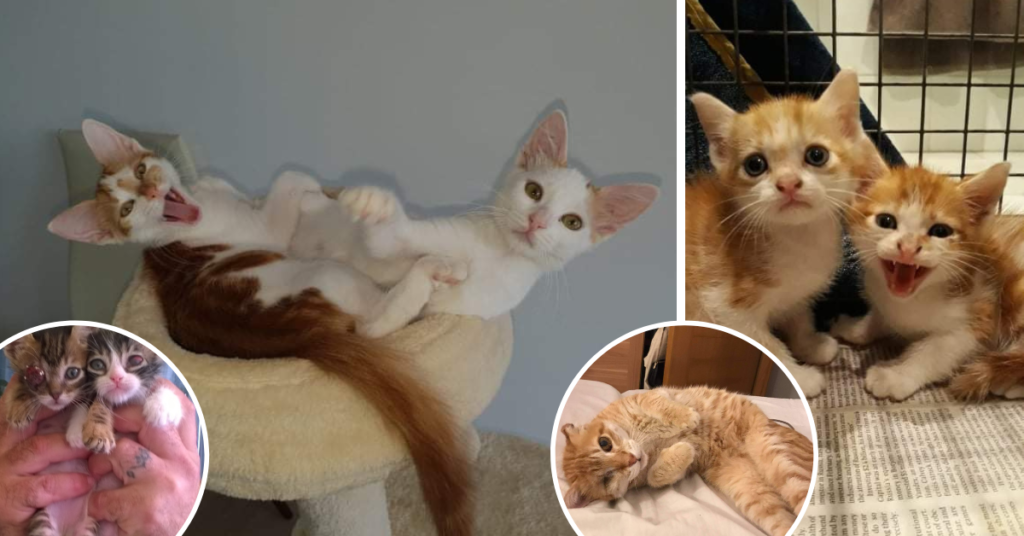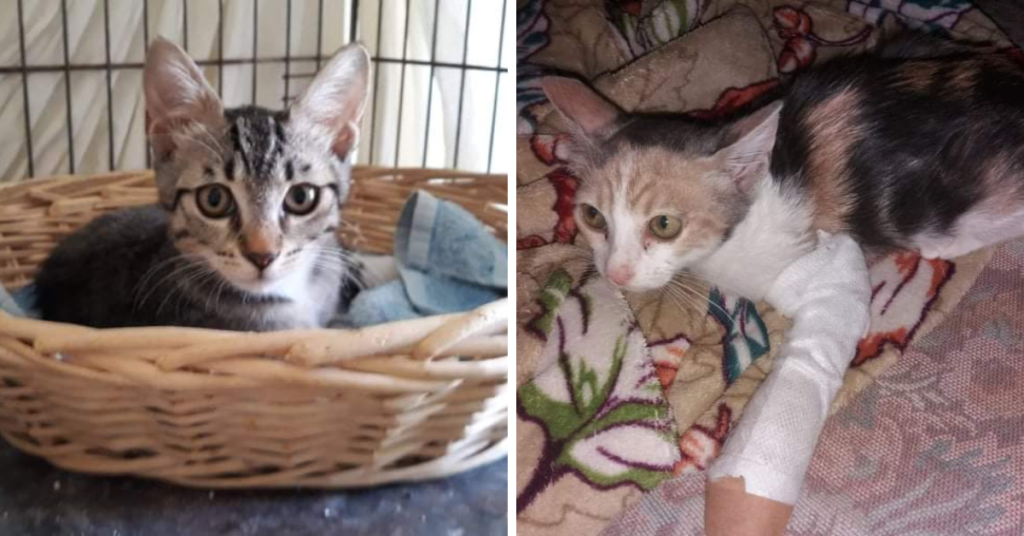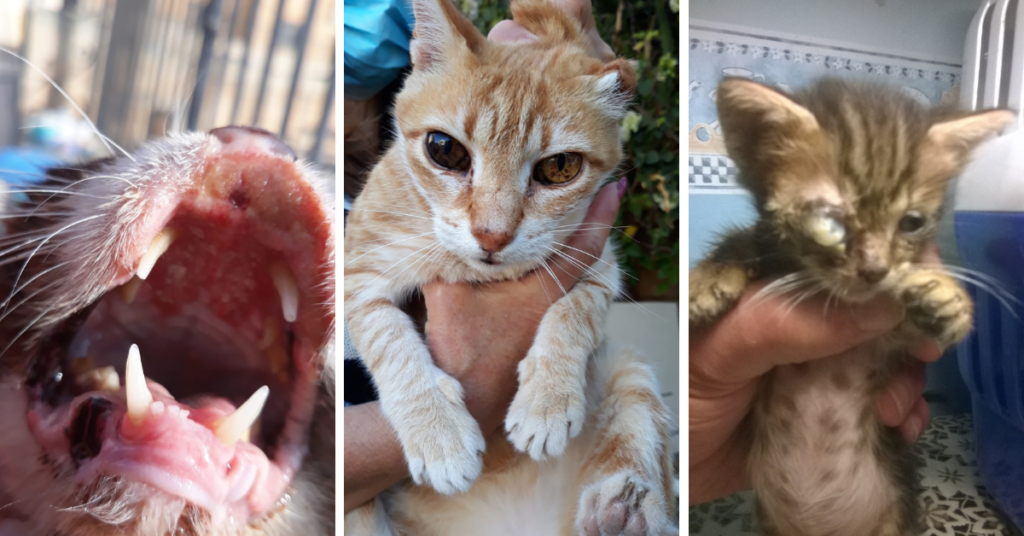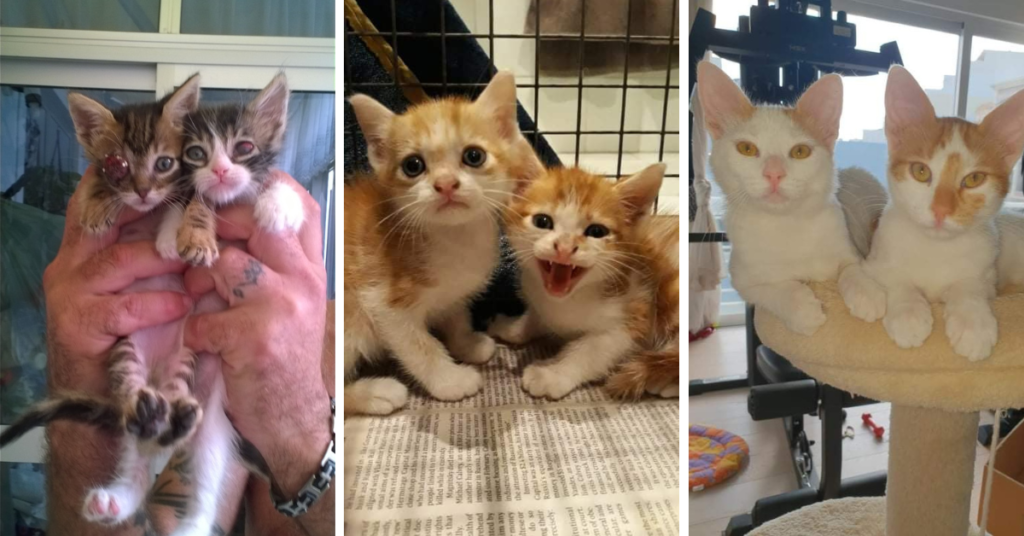Malta’s Stray Cat Problem Is Getting Out Of Hand – And Local Feeders Are Paying The Price

Warning: this article contains graphic images that some viewers may find distressing
Malta is known to have a hoard of stray cats roaming throughout its streets.
And while they may seem adorable and harmless, such an influx has put a serious strain on rescuers’ resources, resulting in many of these feline beauties being left outside, oftentimes sick and vulnerable to danger, and rescuers suffering physically, mentally and financially.
“Feeders and rescuers need urgent help. Cats no longer have safe areas to live,” local feeder Simone Torrisi told Lovin Malta.
Cat feeders and carers are preventing the problem from escalating even further, but Malta cannot rely on these independent volunteers to take care of such a widespread problem alone.
“Besides feeding 50 strays daily, we neuter, rescue and medicate sick cats and kittens, we foster them and find forever homes,” Torrisi explained.
“On average we spend €250 monthly just on food, excluding vet bills and medicines.”
Meanwhile, these financial burdens have only been exacerbated by the rising cost of living.

Cats recovering at the homes of feeders
While the local rescuers are doing an important job out of their goodwill and love for animals, it is starting to take a toll on their personal lives.
“Caring for the cats takes a lot of time, patience, and emotional energy. Trapping cats in particular is time consuming and poses a risk on the health of the carers,” Torrisi said.
“Traps are made of iron and are heavy to carry and transport to vets and back again to a recovery place. In fact, most of us suffer from slip disks and other injuries because of carrying heavy traps,” she continued.
Speaking for herself and fellow feeder, Sue, Torrisi explained how the pair can never go abroad because they have a duty to feed at least 50 stray cats every morning.
“We start at 7:30am and finish at 9am. We have various colonies. We even take them to the vet if they have problems.”
“We recently had to take a cat to a vet on a public holiday and we had to pay a €150 deposit so the cat can stay and remain on the drip. From the deposit we had to pay €136 for treatment from our own pocket. I don’t mind paying if I get a good service, but a lot of the vets we’ve encountered are in it for the money and don’t really care about the strays,” Torrisi said.

Injured cats rescued and taken care of by feeders
Meanwhile, while the cats are recovering, feeders generally keep them in their homes until they are healthy enough to be let go. But all of this moral responsibility shouldn’t be a burden on just their shoulders.
“Feeders and rescuers need urgent help especially when it comes to providing food, vet visits, neutering, and more. Malta needs more well-kept shelters to be built because cats no longer have safe places to live.”
“To control strays, there must be help from Animal Welfare, we need neutering funds and vouchers. We also need more people who know how to trap and aid recovery. Common people don’t have traps and it’s not even easy to trap, you have to be experienced.”
Besides being vulnerable to disease, there are many people that find stray cats a nuisance and they sometimes go to cruel lengths to get rid of them.
“A man was caught on camera in Valletta putting ropes with stones around the necks of cats and throwing them in the sea. These were friendly strays that had already been neutered,” Torrisi explained.

Cats/kittens recovering after being rescued by feeders
Cats are very fertile animals; a female cat can reproduce at only five-months old with a maximum of six kittens per litter. This can happen up to three times a year. During her reproductive life, a female cat can have more than 100 kittens.
In fact, stray cat pages in Malta are constantly booming with pleas for people to foster cats and kittens found all over the island, but there just aren’t enough people willing to do this.
We’re certain that all of this information doesn’t come as much of a surprise as the issue has been plastered over news portals many times before and there seems to be some acknowledgement from the government.
A government-funded neutering campaign was announced back in May; it is supposed to commence later this year and its purpose is to control the number of stray cats on the streets.
However, besides there not being a definite date outlining when this initiative will start, Malta needs more well kept shelters to house the animals and keep them safe from danger and disease.
Contrary to popular thought, such an amount of stray cats is unsafe for people living on the island; they bring about diseases and leave faeces everywhere, according to PN MP and animal activist Rebekah Cilia.
She even went as far as to say that “there shouldn’t be stray cats”.
Other state attempts to curb the problem and help out volunteers proved inefficient when a €5,000 voucher scheme was drained within hours.
The state seems to be aware of the growing and serious problem across Malta – and they know there is a desperate need for a proper, long-term solution.
Nevertheless, until that happens, more needs to be done -at the very least, for the physical and mental wellbeing of the rescuers themselves.
How do you think the state can help the stray cat problem?
